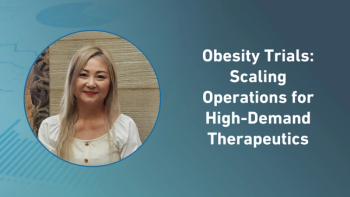
A Little Light in a Dark Europe
One glimmer of light for drug developers sunk in the mid-winter darkness of Europe was the agreement in December of new patent rules for the European Union. After more than 30 years of discussion, inventors will be able to obtain patent coverage that will apply right across 25 member states. Not only will the protection be broader, it will also be quicker, and cheaper. The new regime is expected to cut the cost of an EU patent by up to 80%.
The new regime will provide automatic unitary patent protection in all participating countries, cutting cuts costs for EU firms, and - notionally, at least - boosting their competitiveness. When the new system is up to speed, an EU patent may cost just €4,725 ($6147), compared to an average of €36,000 needed today, according to the European Commission.
As with nearly everything in Europe, the outcome was a compromise - and indeed a compromise on a compromise. Alert readers will have noted that it will apply to 25 member states only - and not the 27 current member states of the EU. That is because Spain and Italy declined, from the outset, to take part, jealous of the exclusion of their languages from the streamlined provisions of the new system. English, French and German have, in a genuflection to pragmatism, been accorded the status of official languages for the legislation, since multiple language requirements were among the principal drawbacks of the previous system.
In fact Italy and Spain had managed to prevent progress for decades on this initiative, largely on language grounds, and their stranglehold was loosened only by the other 25 countries taking advantage of a new possibility for creating EU legislation among coalitions of the willing. This facility was introduced only in the EU's most recent revised general rulebook, the Lisbon Treaty of 2009 - partly to prevent a handful of recalcitrant member states vetoing a majority desire for new legislation.
The 25 went ahead once the new treaty freed up the obstacles, and all was set to be finalized a year ago - but another nationalistic dispute broke out at the last minute, holding up progress once more. This time it was an argument among the 25 (or among three of them) about where the key institutions for this new system should be based. It took another typical EU-type compromise to resolve that - with, in the end, part going to London, part to Paris, and part to Munich. The final deal even provides minor slices of the action to Luxembourg, Lisbon, Ljubljana and Budapest.
But the deed is done. As from the beginning of 2014, the holder of a patent will be able to use this new system to assure validity and defence of the patent in each participating member state, without the cost and heavy administration and legal fees of individually registering the patent in each country.
Done, that is, as long as the member states that have created this system actually ratify it. There is every reason to believe that they will do so in early 2013, since they have all spent so much time and energy on bringing it this far. But Europe being Europe, there is also sufficient reason to wonder whether they will find some other point of discord before then... Here is another test of whether Europe is growing more closely together, or drifting still further apart.
Newsletter
Stay current in clinical research with Applied Clinical Trials, providing expert insights, regulatory updates, and practical strategies for successful clinical trial design and execution.





.png)



.png)



.png)
.png)
